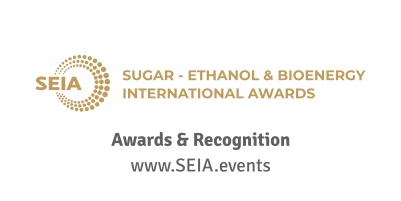Sustainable Aviation Fuel (SAF), long seen as aviation’s best path to cutting emissions, is beginning to take shape globally. As of June 2025, the Mission Possible Partnership’s Global Project Tracker reports 22 SAF plants in operation and a pipeline of 144 more projects. This puts aviation ahead of many sectors in the shift to cleaner industrial practices, with the industry accounting for one-fifth of all clean industrial project announcements worldwide, reports Aviation Business.
Despite this growth in planned projects, actual development is lagging. In the past six months, only one SAF project globally reached the stage of final investment decision (FID). To meet global climate goals, the pace of SAF production needs to rise sharply.
Governments are beginning to push the transition. Europe has introduced binding targets through its ReFuelEU policy, requiring 2% SAF blending by 2025 and 6% by 2030. In the U.S., a mix of national and state-level programs—including tax breaks and funding for research—has started to boost interest. Still, progress is slow. Of the 144 projects on record, just seven have reached FID. Many others face difficulties such as high feedstock costs and trouble securing long-term buyers.
Currently, most SAF is made from bio-based sources like used cooking oil and plant fats (a process known as HEFA). However, more advanced synthetic fuels made using renewable electricity and green hydrogen remain too costly for large-scale use.
Amid these global challenges, the Middle East and North Africa region is emerging as a promising new hub for SAF production. Countries such as Saudi Arabia, the UAE, Oman, and Egypt are investing heavily in green hydrogen, a key ingredient for synthetic SAF. With strong solar energy potential, existing infrastructure, and strategies aimed at international exports, these countries are well placed to support future fuel demand.
However, several challenges remain. While these countries have the resources to lead, national SAF policies are still underdeveloped, and there is little domestic demand to support early production. Without clear rules or incentives for airlines, large-scale plants may be hard to justify unless strong export contracts are secured. This uncertainty has already led to delays and cancellations of SAF projects elsewhere.
Even so, the potential impact of these efforts is significant. If all current SAF projects are completed, they could produce up to 48 million tonnes of fuel per year—more than enough to cover all expected EU airport fuel needs by 2030. But with fewer than 15 SAF projects globally reaching FID each year, the pace is well below what’s needed.
For the Middle East, the next five years are crucial. With government support and the right policies, the region could become a leader in the global aviation fuel market. But success will require moving beyond pilot projects and setting up the financial, legal, and commercial foundations needed to turn plans into large-scale fuel production.















